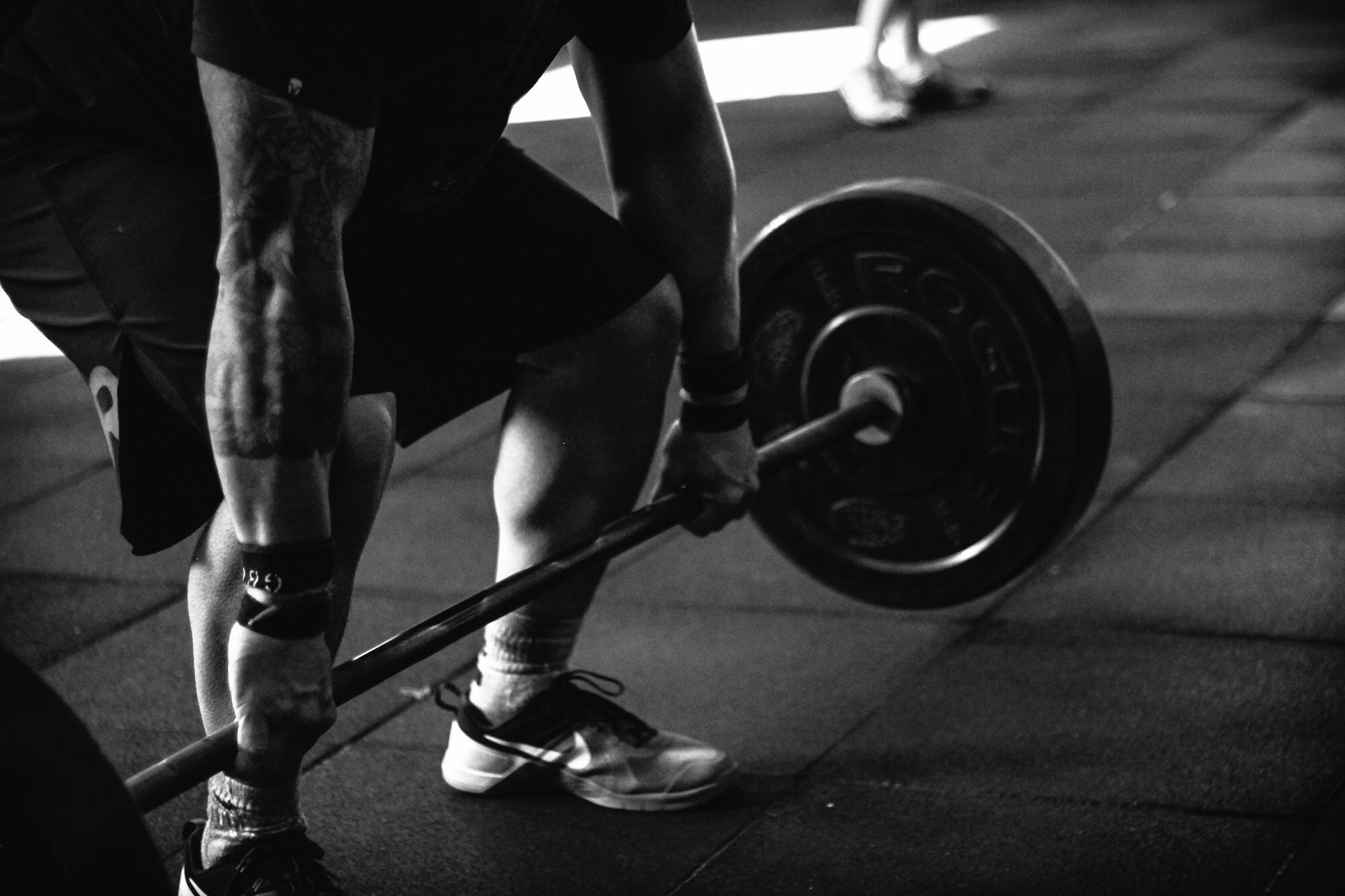The black and white areas of health care are easy to navigate but the grey areas separate the novice from the experienced clinician. Uncertainty is part of health care and often clinicians make absolute statements in order to make themselves more comfortable in the grey areas of practice. In Physical Therapy, statements including “do not allow your knees to cross your toes during a leg exercise” or “do not squat deeper than parallel” are heard throughout clinics in our country despite evidence to the contrary. These movements are safe and effective in most patient groups, but may be contraindicated in others indicating additional factors must be considered including the patient, exercise selection, and treatment goals. A recent review of the evidence indicates another statement or perceived truth may be challenged regarding lifting with a flexed spine.
Saraceni and colleagues in the Journal of Orthopedic and Sports Physical Therapy reviewed the available evidence on low back pain and lifting with a flexed or rounded spine (2019). Authors included 11 studies in their review to determine the impact of lifting with a rounded spine on the development or continuation of low back pain, as well as, differences in lifting postures between those with and without low back pain. They reported individuals with low back pain lifted with less lumbar flexion compared to their asymptomatic peers. In addition, they found lifting with a flexed lumbar spine was not a risk factor for the onset or continuation of low back pain symptoms. It is important to note the low quality of the majority of the studies and the variations in lifting loads (< 25 kg).
This study challenges commonly held beliefs that individuals should never lift with a flexed low back and moves this question from the certainty of black and white answers into the grey of clinical practice. Consistent with aforementioned statements, whether a patient should or should not lift with a flexed spine depends on many factors, most importantly the patient or person involved in the lift. Individual factors, past medical history, the exercise prescription (load, reps, sets, exercise) , and treatment goals may necessitate lifting with varying degrees of spinal bend.

